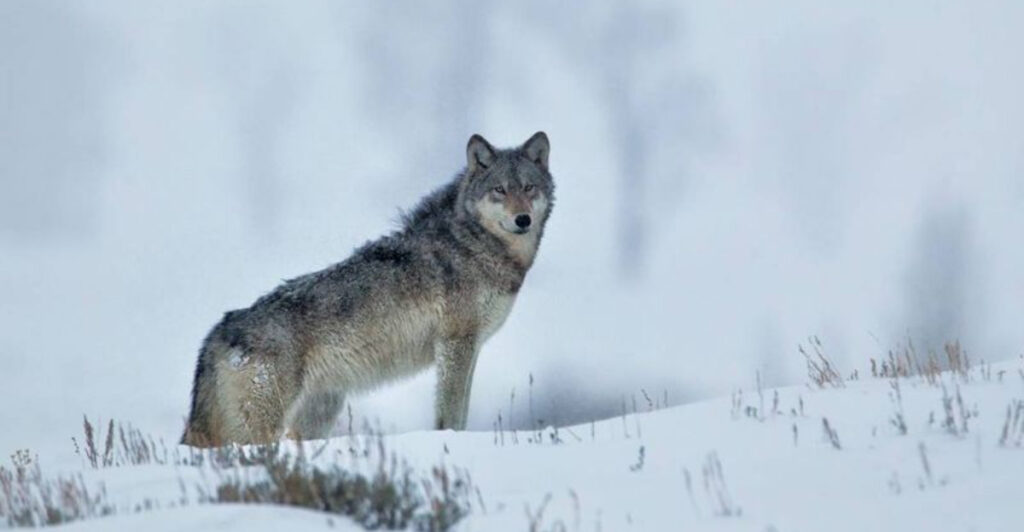In 1995, something amazing happened in Yellowstone National Park. Fourteen gray wolves from Canada were released into the wild after being gone for nearly 70 years. Nobody could have predicted how these wolves would completely transform the entire park. Their return created a chain reaction that healed rivers, brought back forests, and turned Yellowstone into a wildlife paradise worth billions of dollars.
1. Apex Predators Return After Seven Decades
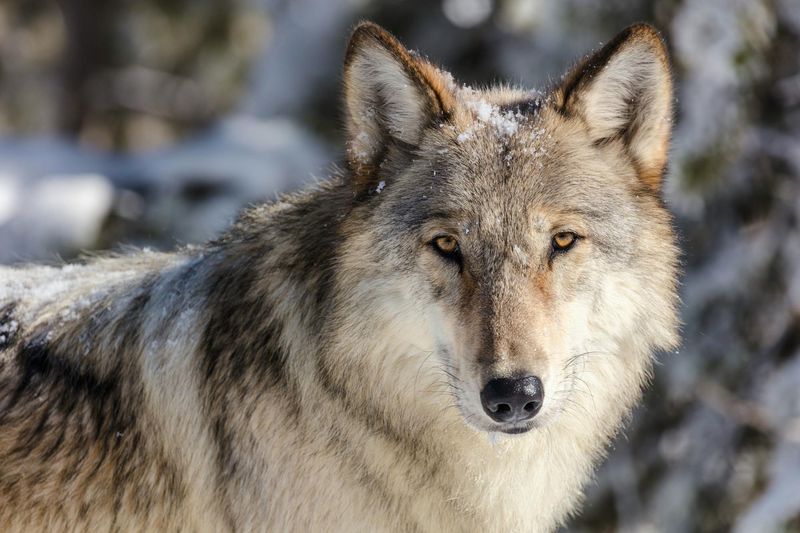
By 1926, the last wolf in Yellowstone had been killed by hunters and government agents who saw them as dangerous pests. For nearly 70 years, the park existed without its top predator.
Elk populations exploded without wolves to keep them in check. These massive herds ate everything in sight, turning lush meadows into barren dirt patches. Young trees couldn’t grow because elk would munch them down to stumps.
When 14 Canadian wolves arrived in January 1995, they brought back nature’s balance. These magnificent hunters were about to prove that predators aren’t villains but essential healers of broken ecosystems.
2. Elk Herds Shrink and Change Their Ways
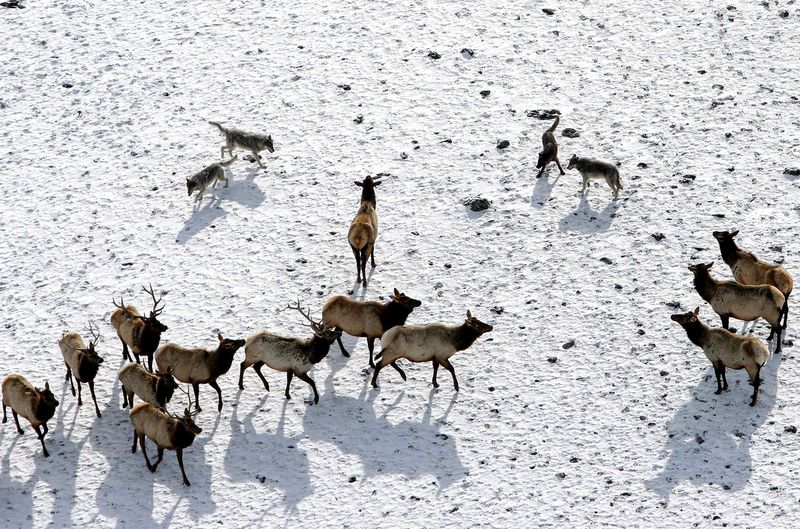
Suddenly, elk couldn’t just stand around eating all day. Wolves were back on the hunt, and elk had to become smarter and more careful. The massive herds broke into smaller, more mobile groups that stayed alert and kept moving.
This behavioral change was just as important as the reduced numbers. Elk stopped camping out in river valleys where they had been destroying vegetation for decades.
Plants that hadn’t grown properly in 70 years finally got breathing room. Willows, aspens, and cottonwoods began sprouting along riverbanks where elk once grazed constantly. Nature was healing itself through the simple presence of its apex predator.
3. Rivers Literally Changed Their Course
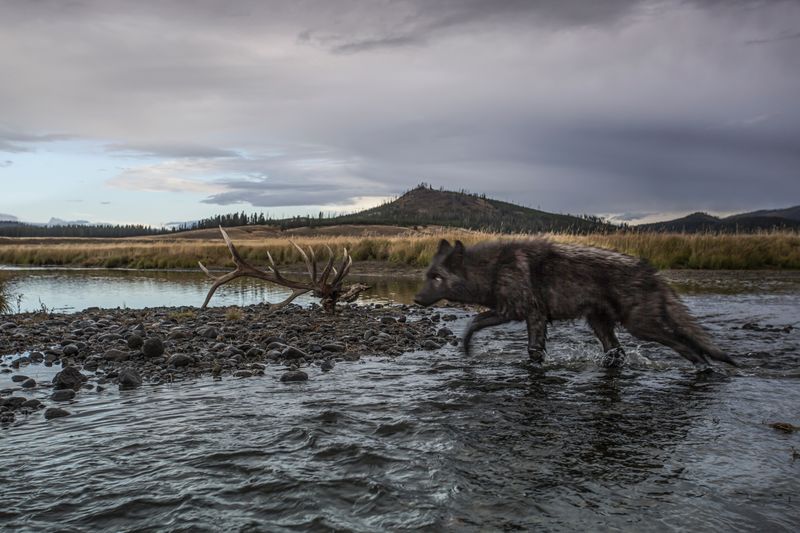
Here’s where things get really wild – the wolves actually changed the shape of rivers. As vegetation returned to riverbanks, plant roots held soil together like nature’s cement. Less dirt washed into streams, making water clearer and cooler.
Stronger riverbanks meant less erosion and more stable water flow. Fish populations exploded in these improved conditions. The improved water quality attracted birds, amphibians, and countless other species.
Scientists call this incredible chain reaction a “trophic cascade” – when apex predators create changes that ripple through entire ecosystems. Wolves didn’t just hunt elk; they literally reshaped the landscape through their presence.
4. Beavers Bounce Back as Master Engineers
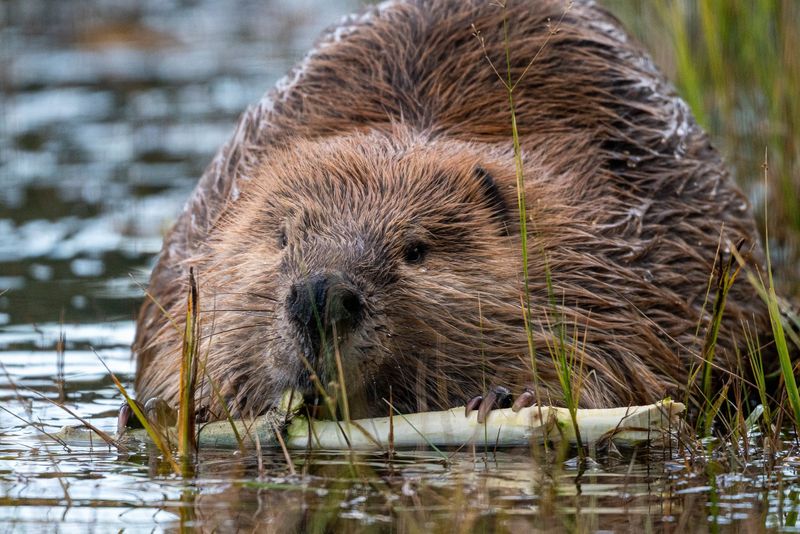
With willows and aspens growing again, beavers returned in huge numbers. These furry engineers had been struggling without enough trees for food and dam-building materials. Now they had an all-you-can-eat buffet of their favorite plants.
Beaver dams created brand new wetland habitats that hadn’t existed for decades. These mini-lakes became homes for ducks, frogs, fish, and even moose who loved the marshy areas.
The beavers became nature’s construction crew, building complex water systems that supported incredible biodiversity. Their engineering projects created perfect conditions for hundreds of species to thrive in ways that hadn’t been possible since the wolves disappeared.
5. Coyotes Get Pushed Around, Small Animals Celebrate

Coyotes had been the top dogs in Yellowstone for 70 years, but wolves quickly reminded them who was really in charge. Wolf packs actively hunted coyotes and drove them away from prime territories.
With fewer coyotes prowling around, small mammals like rabbits, mice, and ground squirrels could finally relax a bit. Their populations grew rapidly without constant coyote pressure.
More small mammals meant more food for hawks, owls, foxes, and badgers. Even scavenger birds like ravens and eagles benefited from wolf kills. The entire food web was rebuilding itself from the ground up, creating opportunities for species that had struggled for decades.
6. Wildlife Tourism Becomes a Massive Draw
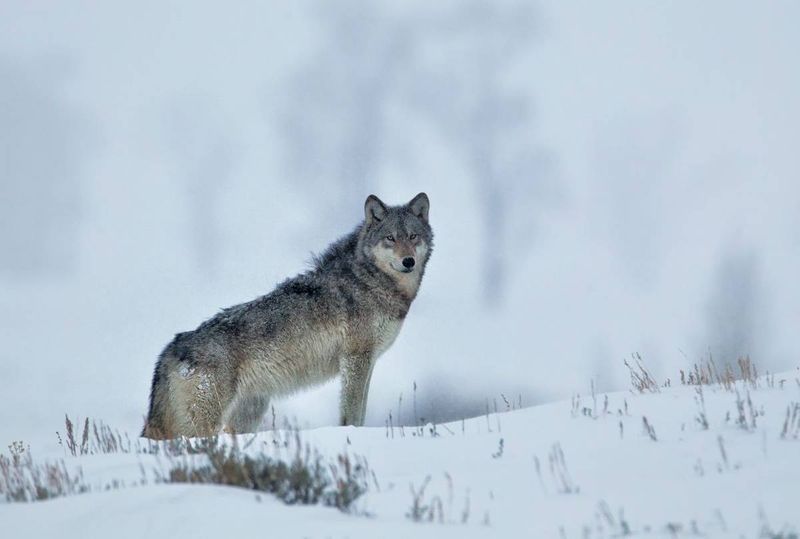
Wolf howls echoing through Yellowstone valleys became pure magic for visitors. Tourists started flocking to the park specifically hoping to spot wolves or hear their haunting calls at dawn and dusk.
Professional wildlife guides began offering specialized wolf-watching tours that sold out months in advance. People traveled from around the world just for a chance to see these legendary predators in action.
The park became wilder and more exciting than it had been in generations. Visitors could experience something truly authentic – a complete ecosystem with all its original players back on stage, creating unforgettable memories and stories to share.
7. Economic Boom Worth Billions of Dollars
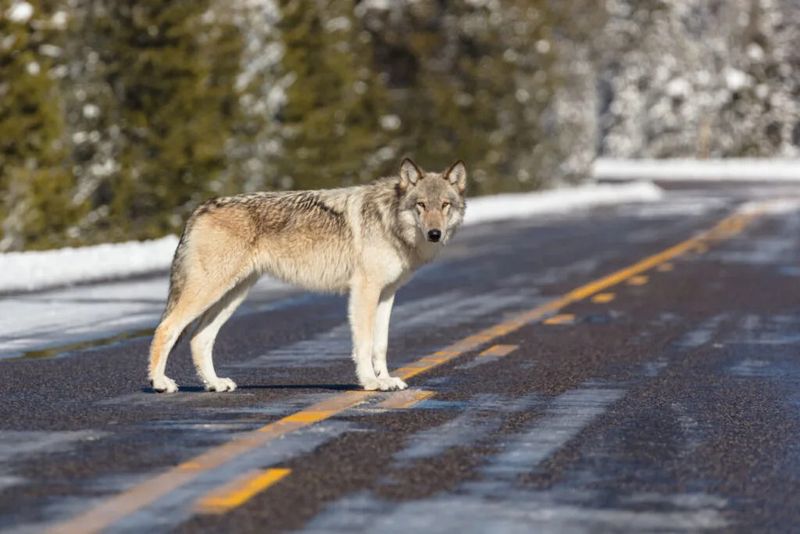
Those 14 wolves became the best investment Yellowstone ever made. Studies estimate wolf-related tourism has pumped around $100 billion into the Greater Yellowstone economy since 1995. That’s billion with a ‘B’!
Hotels, restaurants, tour companies, and gift shops in Wyoming, Montana, and Idaho all benefited enormously. Entire towns near the park experienced economic revivals thanks to wolf tourism.
Local communities that were initially skeptical about wolves began seeing the incredible financial benefits. The wolves weren’t just healing nature – they were creating jobs and supporting families across three states through sustainable wildlife tourism.
8. Global Inspiration for Conservation Projects
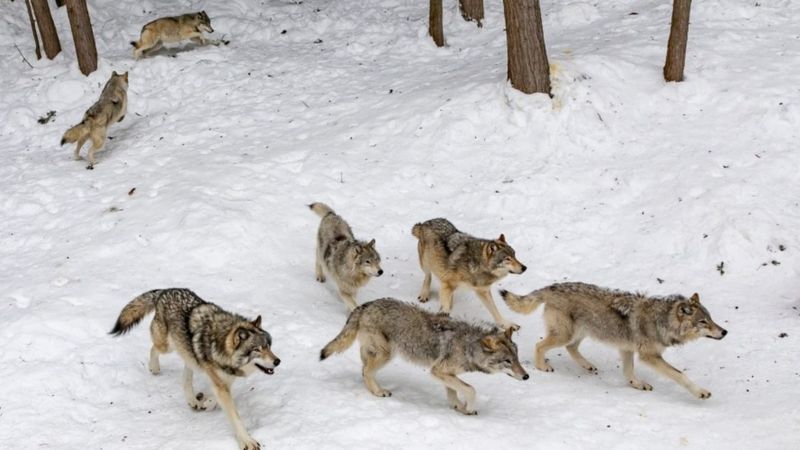
The Yellowstone wolf story became legendary worldwide, featured in countless documentaries, books, and classrooms. Scientists and conservationists around the globe studied this success story to learn how apex predators could heal damaged ecosystems.
Other countries began their own predator reintroduction projects, inspired by Yellowstone’s incredible results. The wolves became ambassadors for conservation, proving that sometimes the best way to fix nature is to bring back what humans removed.
Educational programs use the wolf story to teach children about ecosystem balance and the importance of biodiversity. These 14 Canadian wolves became symbols of hope, showing that dedicated conservation efforts can create miracles in our natural world.

